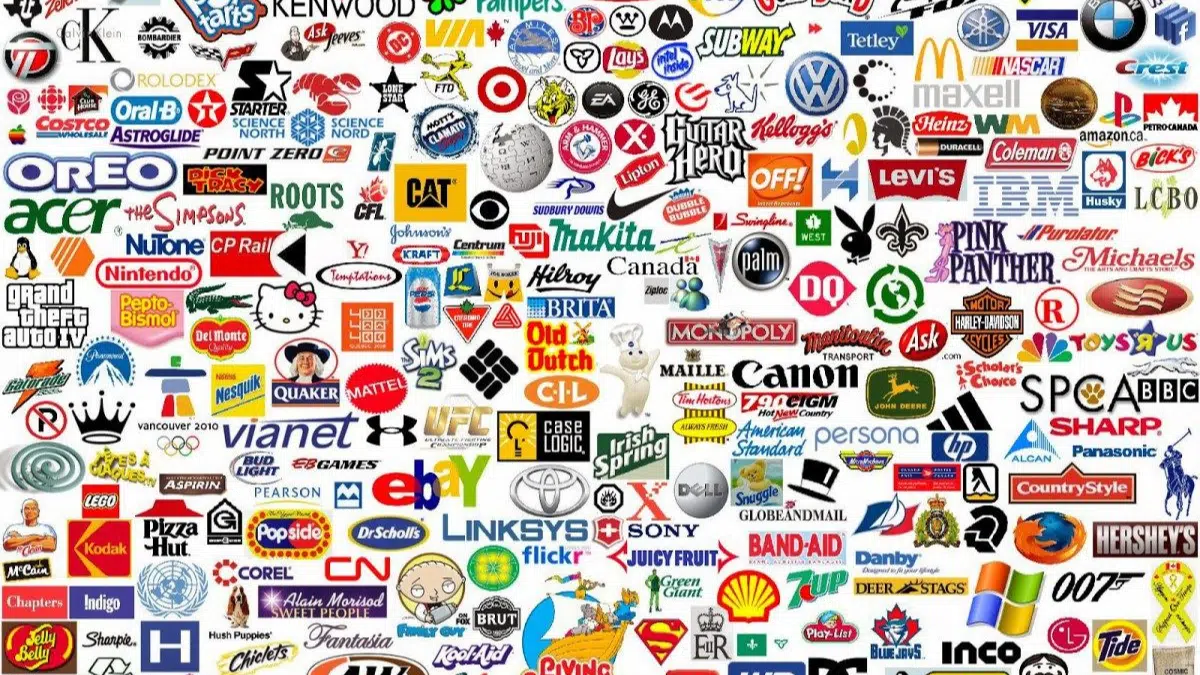· by James Archer · 3 min read
Logos Are Getting Simpler
When designing a logo, it’s easy to go overboard. There are so many great elements you can work with (colors, textures, patterns, shapes, borders, typography, gradients, icons, etc.) that it’s tempting to include a little bit of everything to get your point across. In a massively oversaturated media…

When designing a logo, it’s easy to go overboard. There are so many great elements you can work with (colors, textures, patterns, shapes, borders, typography, gradients, icons, etc.) that it’s tempting to include a little bit of everything to get your point across.
In a massively oversaturated media environment, however, a viewer simply doesn’t have enough attention to spare for complicated logos. A bold and simple logo can cut through the crap and be seen (and remembered), but a complex logo causes the viewer’s brain to simply ignore it.
It’s a defense mechanism to preserve attention because there just isn’t time to engage with everything trying to grab our attention. The more “stuff” you put into a logo, the less it will be seen and remembered.
For this reason, a key trend in logo design is to purge any unnecessary elements. New logos are almost always simpler and cleaner than those being replaced, and many rebranding efforts are essentially just simplifications of the existing visual identity.
Clients often get frustrated with designers constantly trying to simplify things, but there are valid explanations for why customers really do respond better to strong, simple designs.
Here are some recent rebranding examples from Brand New that show how companies are really beginning to understand the dramatic and powerful effect of simplicity on customer responsiveness and engagement:
Meanwhile, most of the highest-rated rebranding initiatives from last year showed a similar awareness of the power of streamlining and simplification:
This last one, Starbucks, was one of the most noteworthy and dramatic rebranding initiatives of last year. It’s the next logical step in the company’s steady visual progression toward brand-focused simplicity.
Now, this certainly doesn’t mean that the perfect logo is just the name of the company set in Helvetica Bold. The logo still needs to represent the uniqueness and character of the brand as well as it possibly can, and it needs to offer some kind of visual interest. For example, here’s how Dulux incorporated their energetic, colorful spirit into their new logo:
This trend towards simplicity means designers need to think like poets, not novelists. Instead of using every tool Adobe Illustrator offers and trying to convey every shred of meaning possibly in the logo, it makes more sense (cognitively and practically) to pare it down to the bare minimum.
What can you do with two visual elements instead of ten? What can you do with a single color instead of an entire palette? Does that font really need an outline, a bevel, a drop shadow, and rivets?
Even though going the simple route can make you feel a little naked (like you forgot to put on pants this morning), it makes complete sense when trying to of create a remarkable, memorable brand experience that will cut through the crap and get noticed by your target audience.
















